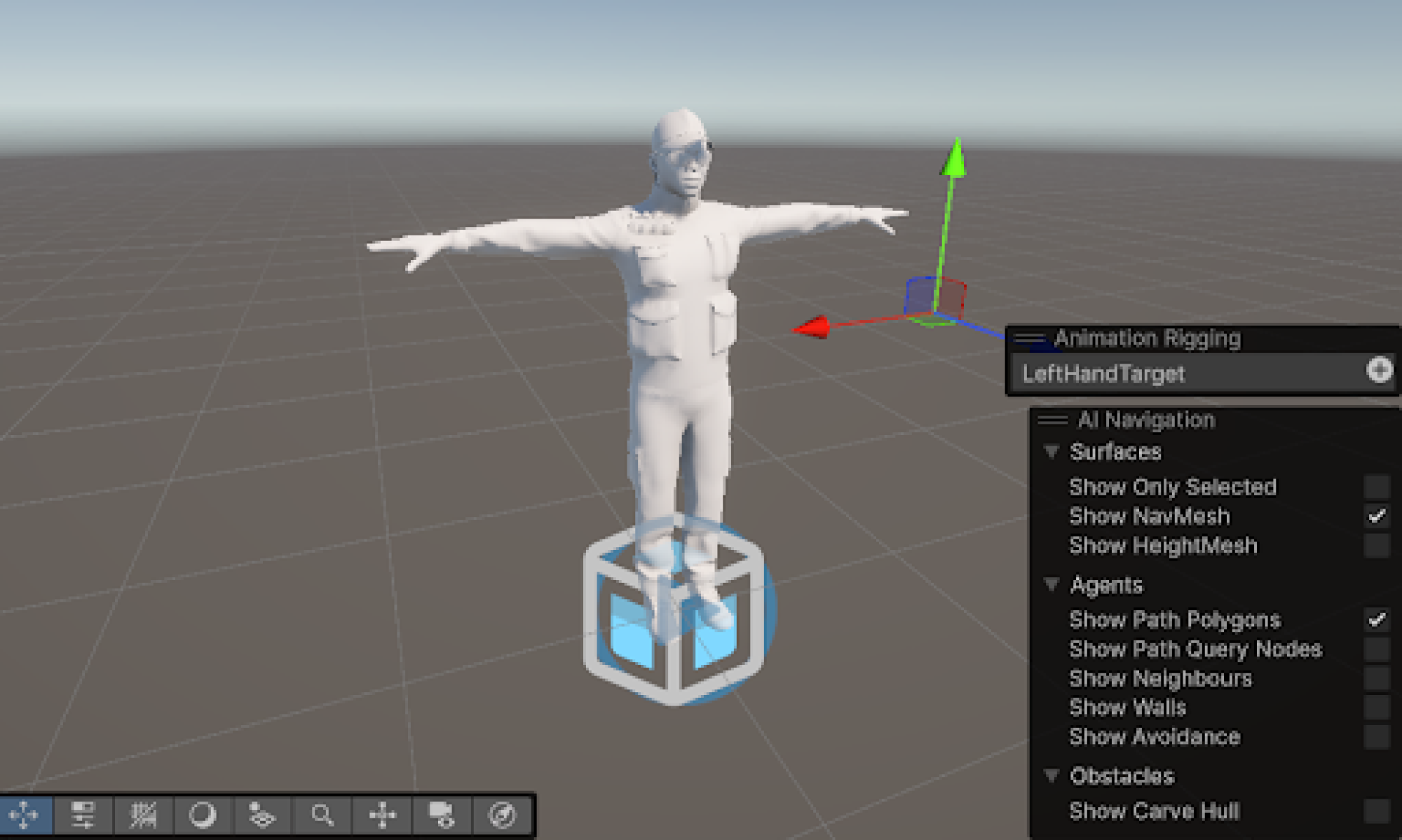Team Status Report
Risk Management:
Risk: Comparison algorithm slowing down Unity feedback
Mitigation Strategy/Contingency plan: We plan to reduce the amount of computation required by having the DTW algorithm run on a larger buffer. If this does not work, we will fall back to a simpler algorithm selected from the few we are testing now.
Design Changes:
There were no design changes this week. We have continued to execute our schedule.
Verification and Validation:
Verification Testing
Pose Detection Accuracy Testing
- Completed Tests: We’ve conducted initial verification testing of our MediaPipe implementation by comparing detected landmarks against ground truth positions marked by professional dancers in controlled environments.
- Planned Tests: We’ll perform additional testing across varied lighting conditions and distances (1.5-3.5m) to verify consistent performance across typical home environments.
- Analysis Method: Statistical comparison of detected vs. ground truth landmark positions, with calculation of average deviation in centimeters.
Real-Time Processing Performance
- Completed Tests: We’ve measured frame processing rates in typical hardware configurations (mid range laptop).
- Planned Tests: Extended duration testing (20+ minute sessions) to verify performance stability and resource utilization over time.
- Analysis Method: Performance profiling of CPU/RAM usage during extended sessions to ensure extended system stability.
DTW Algorithm Accuracy
- Completed Tests: Initial testing of our DTW implementation with annotated reference sequences.
- Planned Tests: Expanded testing with deliberately introduced temporal variations to verify robustness to timing differences.
- Analysis Method: Comparison of algorithm-identified errors against reference videos, with focus on false positive/negative rates.
Unity Visualization Latency
- Completed Tests: End-to-end latency measurements from webcam capture to avatar movement display.
- Planned Tests: Additional testing to verify UDP packet delivery rates.
- Analysis Method: High-speed video capture of user movements compared with screen recordings of avatar responses, analyzed frame-by-frame.
Validation Testing
Setup and Usability Testing
- Planned Tests: Expanded testing with 30 additional participants representing our target demographic.
- Analysis Method: Observation and timing of first-time setup process, followed by survey assessment of perceived difficulty.
Feedback Comprehension Validation
- Planned Tests: Structured interviews with users after receiving system feedback, assessing their understanding of recommended improvements.
- Analysis Method: Scoring of users’ ability to correctly identify and implement suggested corrections, with target of 90% comprehension rate.
